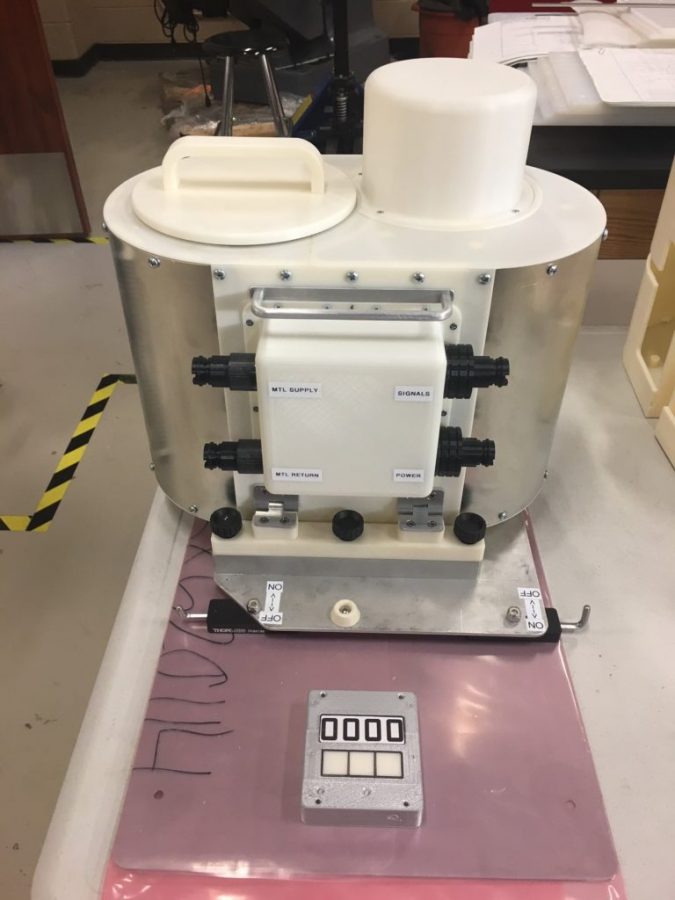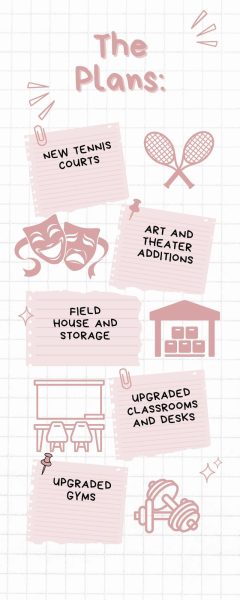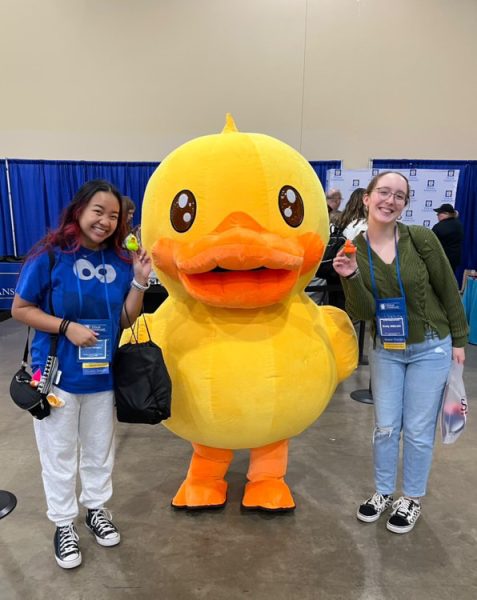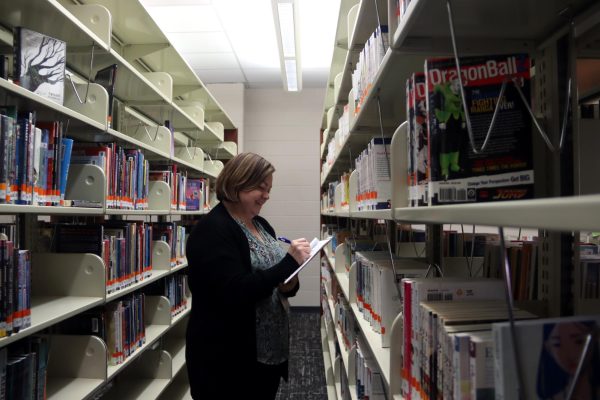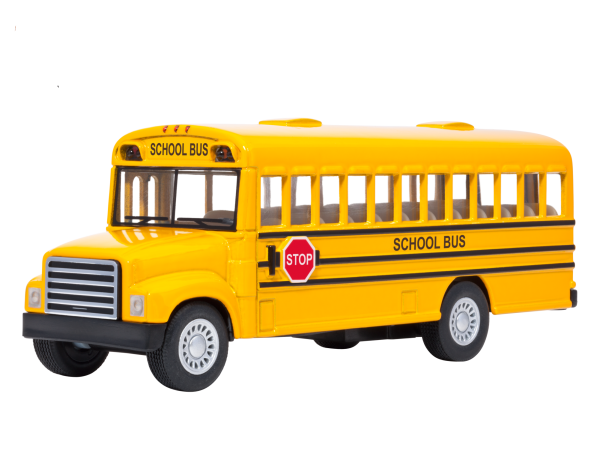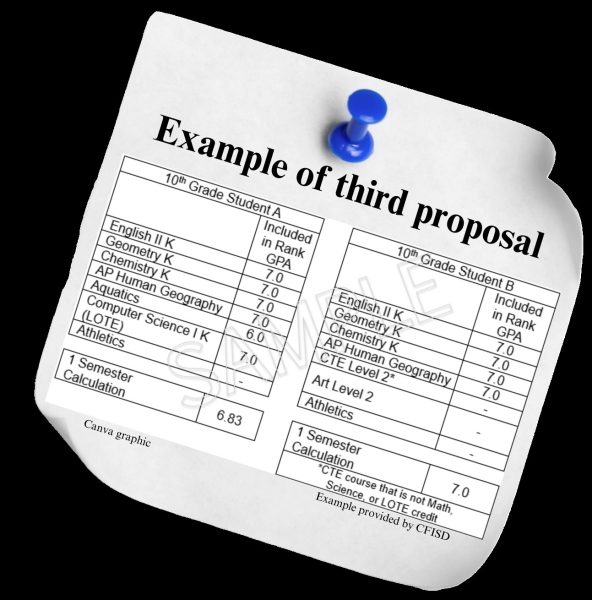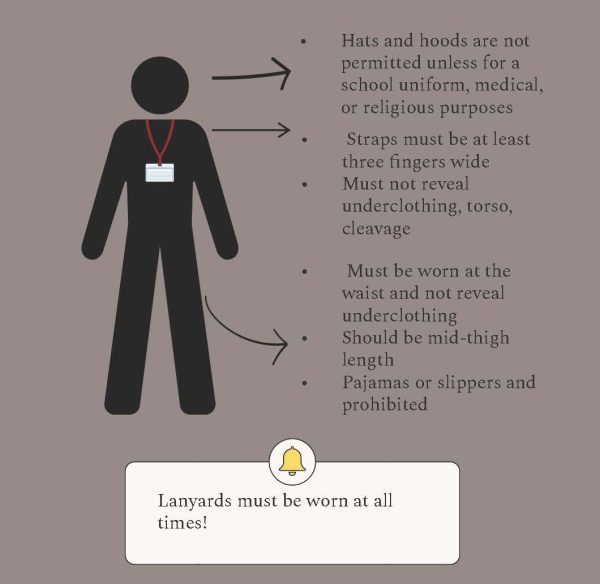Freezer Space
HUNCH students build freezer prototype
Flash freezer for glove box
HUNCH (High School Students United with NASA to Create Hardware) has become increasingly involved in high school curriculum, from culinary to fashion design. Now, HUNCH has partnered up once again with engineering students from Cypress Woods High School to construct a glove box freezer. The project was primarily worked on by seniors Robert Bryan and Andrew Coulson under the supervision of engineering teacher Donald Bennett who helped operate the 3D printer.
“[HUNCH] is so that high school students have a chance to build training hardware at a much lower cost. We were told that one of our projects helped saved NASA a million dollars,” Bennett said. “They provide the materials and machinery we need to manufacture something, but the end product is up to NASA’s standards, and they’re able to save a good amount by having students doing it and build up experience in the process.”
According to the NASA HUNCH website, the freezers are combined with glove boxes so that astronauts on the ISS (International Space Station) can flash freeze test samples. However, the freezer that Bryan and Coulson worked on is planned to be specifically used as a practice model for instructing astronauts.
“[The students] have worked on some projects that were a lot more involved, so this was a simpler project, but it’s still being used by astronauts for training,” Bennett said. “Even though this project didn’t involve as much in terms of design because it was already designed, it still helped meet the needs of NASA to train astronauts.”
To build their prototype, Bryan and Coulson received an assembled CAD (Computer-Aided Design) file from NASA, which is a digital, 3D design of the completed freezer.
“NASA gave us a design and we made the modifications,” Bryan said. “In this case, the modifications were taking the freezer as a whole and slicing it down the middle and splitting those parts into half.”
Using this file, Bryan and Coulson had to figure out how to cut the freezer in such a way that it could be printed and put together.
“The most difficult part was probably making sure that after we broke everything up, the freezer was still strong enough to be messed around with and actually be used as a trainer unit without breaking,” Coulson said. “A lot of parts in the freezer are supposed to be made out of metal, but we couldn’t use metal since we were 3D printing using ABS plastic.”
Cutting the freezer into a printable parts only took Bryan and Coulson two days, but the printing process took up most of the time. There were also a few problems regarding structural stability in the early prints, but everything was corrected in time for the final prototype.
“When you chop [the model] up, the parts are not always going to piece back together, and you can’t just glue loose parts together,” Bryan said. “It’s more like a shell, so we had to create points where we could attach it together in a way that would keep it tight so when they glue it or fasten it together, the parts don’t just slip off or break.”
Currently, the model freezer is going to NASA where it will be used to train astronauts or a contracting company that works with NASA to build the final freezer.
“I enjoy the work we do,” Bryan said. “I like to be able to say that before I’m even an adult that I’ve had experience in some way with the space program. Even something like this freezer that may seem crazy to another person is just another day on the job for us.”
Your donation will support the student journalists of Cypress Woods High School. Your contribution will allow us to purchase equipment and cover our annual website hosting costs.

